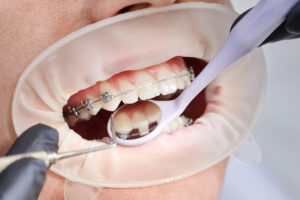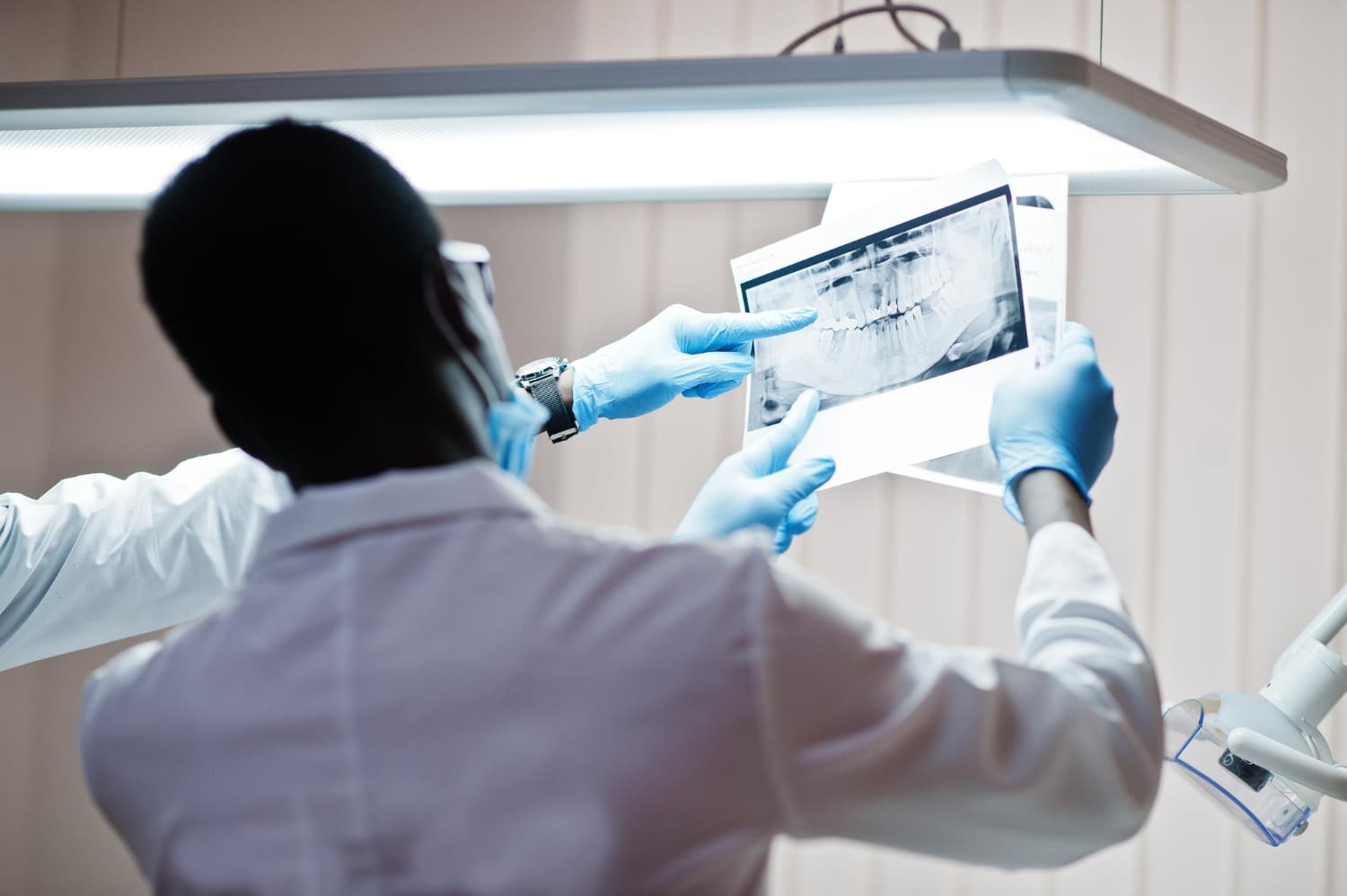Imagine waking up after a deep, rejuvenating slumber, feeling energized and ready to conquer the day. Now, consider a restless night, riddled with constant awakenings and gasping for breath—an experience all too familiar to those suffering from sleep apnea. What if we told you that orthodontics, the branch of dentistry primarily associated with correcting misaligned teeth, could play a vital role in mitigating sleep apnea symptoms? Intriguing, isn’t it? Join us on this enlightening journey as we at Smiles by Lorino, an expert in Orthodontics in New Jersey, uncover the fascinating link between orthodontics and sleep apnea, offering insights that could transform your understanding of both disciplines.
Understanding Orthodontics

In the realm of orthodontics, a diverse range of treatments exists, tailored to address specific dental issues and misalignments. Among the most common orthodontic interventions are braces and aligners. These treatments aim to correct crowded or crooked teeth, gaps, overbites, underbites, and other malocclusions, resulting in an optimally functioning bite and a more harmonious smile.
Understanding Sleep Apnea
Sleep apnea is a common yet potentially serious sleep disorder characterized by repeated pauses in breathing during sleep. These interruptions in breathing, known as apneas, can occur multiple times throughout the night, leading to fragmented sleep and inadequate oxygen supply to the body. There are different types of sleep apnea, including obstructive sleep apnea (OSA), central sleep apnea, and complex sleep apnea syndrome (a combination of obstructive and central). OSA is the most prevalent form, caused by the partial or complete blockage of the airway during sleep.
Identifying the symptoms of sleep apnea is crucial for early detection and effective treatment. Common signs include:
- Loud and chronic snoring
- Pauses in breathing during sleep
- Excessive daytime sleepiness
- Morning headaches
- Difficulty concentrating and memory problems
- Irritability and mood changes
- Restless sleep and insomnia
- Nocturia (frequent urination at night)
Certain risk factors, such as obesity, older age, a family history of sleep apnea, and anatomical abnormalities of the airway, can increase the likelihood of developing sleep apnea. It’s essential to recognize these symptoms and risk factors to seek appropriate evaluation and intervention.
The Connection Between Orthodontics and Sleep Apnea
At first glance, the association between orthodontics and sleep apnea may not be immediately apparent. However, a deeper understanding reveals a significant connection. Orthodontic issues, such as malocclusions, overcrowding, or a narrow dental arch, can contribute to the development or exacerbation of sleep apnea. These dental and skeletal irregularities can result in a compromised airway, making it more susceptible to collapse or obstruction during sleep, leading to sleep apnea episodes.
The good news is that orthodontic treatment can play a crucial role in managing sleep apnea symptoms. By addressing the underlying dental and skeletal issues, orthodontic interventions can help optimize the airway space and improve airflow during sleep. Correcting misaligned teeth, expanding the dental arch, or repositioning the jaws can contribute to better airway patency, reducing the frequency and severity of apneas. Orthodontics can be an integral part of a comprehensive treatment approach for sleep apnea, working in conjunction with other therapeutic modalities.
Orthodontic Treatments for Sleep Apnea
Orthodontists employ various techniques and appliances to aid in the management of sleep apnea. One notable approach involves the use of oral appliances, also known as mandibular advancement devices. These custom-made devices resemble mouthguards and are designed to reposition the lower jaw slightly forward, thereby opening the airway and preventing collapse during sleep. Orthodontic treatments like Braces New Jersey or aligners can also help improve the alignment of the teeth and jaws, indirectly benefiting sleep apnea management.
Collaborative Approach to Treatment
Recognizing the multidimensional nature of sleep apnea, a collaborative approach to treatment is crucial. Orthodontists and sleep medicine specialists can work hand in hand, combining their expertise to provide comprehensive care for patients. Collaboration enables a more accurate diagnosis, tailored treatment plans, and ongoing monitoring to ensure optimal outcomes. By leveraging the synergies between these disciplines, patients can benefit from a holistic approach that addresses both the dental and sleep-related aspects of their condition.
Personalized Treatment Plans: The Key to Effective Management
Each patient’s orthodontic and sleep apnea needs are unique, underscoring the importance of personalized treatment plans. By thoroughly assessing the patient’s dental and skeletal characteristics, sleep study results, and overall health, orthodontists and sleep medicine specialists can develop customized interventions. This individualized approach maximizes the effectiveness of orthodontic treatments for sleep apnea, enhancing treatment outcomes and improving the patient’s quality of life.
Other Benefits of Orthodontic Treatment for Sleep Apnea Patients
Enhanced Oral Health
While sleep apnea management is a primary focus, orthodontic treatment offers additional benefits for patients. Straightening misaligned teeth not only improves oral aesthetics but also facilitates better oral hygiene practices. Properly aligned teeth are easier to clean, reducing the risk of tooth decay, gum disease, and associated complications. By addressing orthodontic concerns, patients can experience long-term oral health benefits beyond sleep apnea management.
Quality of Life and Self-Esteem
The impact of orthodontic treatment extends beyond physical health. Alleviating sleep apnea symptoms and achieving a beautiful smile can significantly enhance a patient’s quality of life. Improved sleep quality leads to increased energy levels, better concentration, and improved overall well-being. Furthermore, the confidence gained from a transformed smile can positively influence self-esteem, social interactions, and overall self-image. Orthodontics offers a holistic approach to address not only physical health but also emotional and psychological well-being.
Consult Dr. Lorino in New Jersey

Contact our practice today to schedule a consultation, and we will gladly refer you to a sleep apnea specialist. Dr. Lorino and our orthodontic team will then create a custom oral device and treatment plan to manage the symptoms and treat sleep apnea. These devices are tailored to your specific needs, providing comfort and optimal results. Reach out to Smiles by Lorino Orthodontics today and experience the transformative benefits of our dedicated care.


